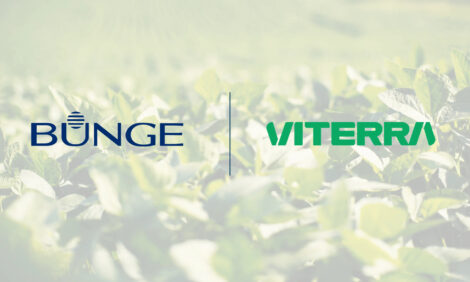



Using Poultry Litter in Tall Fescue Seed Production
US - Farmers have long used poultry litter as a source of nitrogen, phosphorus and potassium.A ton of poultry litter contains roughly 55 pounds of nitrogen, 55 pounds of phosphate and 45 pounds of potash. Buying these nutrients in commercial form would cost about $75 at today's prices.
"Considering a ton of poultry litter costs $45 delivered and spread, using this alternative fertilizer source can result in significant savings," said University of Missouri Extension agronomy specialist Travis Harper. "There are a few other things to consider, however, before deciding to use poultry litter on tall fescue meant for seed production."
Before application, analyze the nutrient content of the poultry litter, Harper said. Nutrient content can vary significantly, so you might end up applying too much or too little of certain nutrients.
Classified as a slow-release fertilizer, poultry litter works better when the soil needs small amounts of nitrogen over time, such as in pasture systems. Only about half the nitrogen in poultry litter ever becomes available to the plant, so you should apply litter based on the phosphorus and potassium needs of the plant and add commercial fertilizer to meet the plant's remaining nitrogen requirements.
The ideal times to apply poultry litter for tall fescue seed are before planting and right after harvesting seed. Applying litter in late summer or early fall could inhibit tiller development by limiting light penetration. Winter application may not be practical because you would likely need a commercial source of nitrogen as well, Harper said.
"Many tall-fescue seed producers graze their fields in the late summer and fall," he said. "Application of poultry litter right after seed harvest will encourage regrowth for grazing."
Further Reading
| - | You can find out more information on analyzing the nutrient content of poultry litter by clicking here. |











